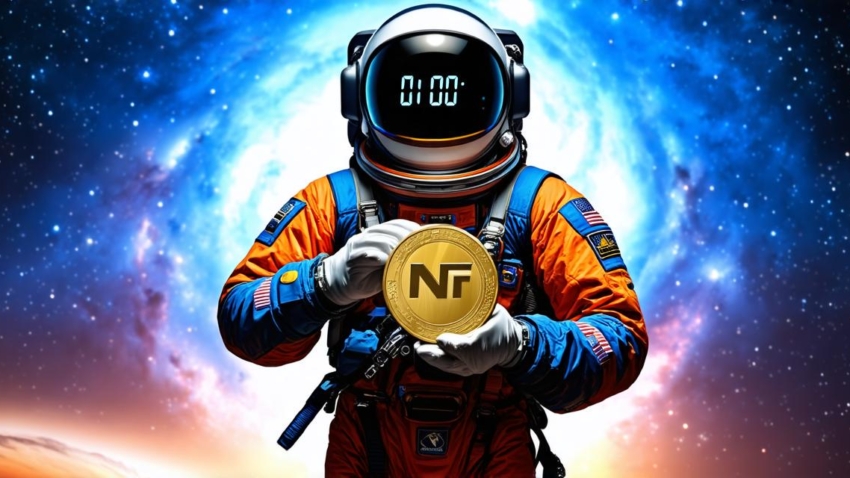
Why does an NFT have value
Non-Fungible Tokens (NFTs) have become increasingly popular in recent years as they offer unique and valuable digital assets.
These tokens are designed to represent ownership of items such as art, music, collectibles, and more, providing a secure and transparent way to trade these assets online.
In this article, we will explore the various reasons why NFTs have value and how they can be used by developers to create exciting and profitable projects. We’ll also discuss the potential risks and challenges associated with investing in NFTs, as well as some best practices for buying and selling these tokens.
The Value of NFTs: Understanding the Basics
NFTs are unique digital assets that can be bought, sold, and traded online. Unlike traditional cryptocurrencies, which are interchangeable and fungible, NFTs are designed to represent ownership of specific items.
One of the main reasons why NFTs have value is because they offer a way for creators to monetize their work. By creating an NFT, artists can sell their work directly to buyers without having to rely on traditional galleries or art dealers. This not only provides a new revenue stream but also allows for greater control over the sale and distribution of their work.
NFTs also provide transparency and security for both creators and buyers. Each NFT is assigned a unique digital identity that is stored on a blockchain, providing a tamper-proof record of ownership and authenticity. This makes it much harder for fraudsters or counterfeiters to duplicate or sell fake NFTs, which can significantly reduce the risk of investing in these tokens.
Another reason why NFTs have value is because they are highly collectible. As we’ll see later in this article, there are already many successful NFT collections that have generated significant revenue for their creators. By owning an NFT, collectors can not only enjoy the artistic value of the asset but also potentially increase its value over time as it becomes more rare and sought after by other buyers.
Case Studies: Real-World Examples of Successful NFT Projects
There are already many successful NFT projects that have generated significant revenue for their creators. One example is the “CryptoPunks” collection, which was created by Larva Labs in 2017. Each CryptoPunk is a unique digital character with a random set of attributes such as facial expressions, accessories, and clothing. Over time, some of these characters have become highly sought after by collectors, with the most valuable CryptoPunks selling for millions of dollars.
Another example is the “Decentraland” platform, which allows users to create and explore virtual worlds using NFTs. Decentraland has generated significant revenue from its virtual real estate, with some plots of land being sold for millions of dollars.
The Future of NFTs: Trends and Predictions
As the popularity of NFTs continues to grow, we can expect to see more innovative uses for these tokens in the future. One trend that is likely to continue is the use of NFTs as a way for creators to monetize their work directly. As technology improves and it becomes easier for artists to create and sell NFTs, we can expect to see more creative projects emerge.
Another trend that is likely to continue is the use of NFTs in gaming and entertainment. As we’ll see later in this article, some successful NFT games have already generated significant revenue for their creators. This trend is likely to continue as developers find new ways to integrate NFTs into their games and other forms of entertainment.








